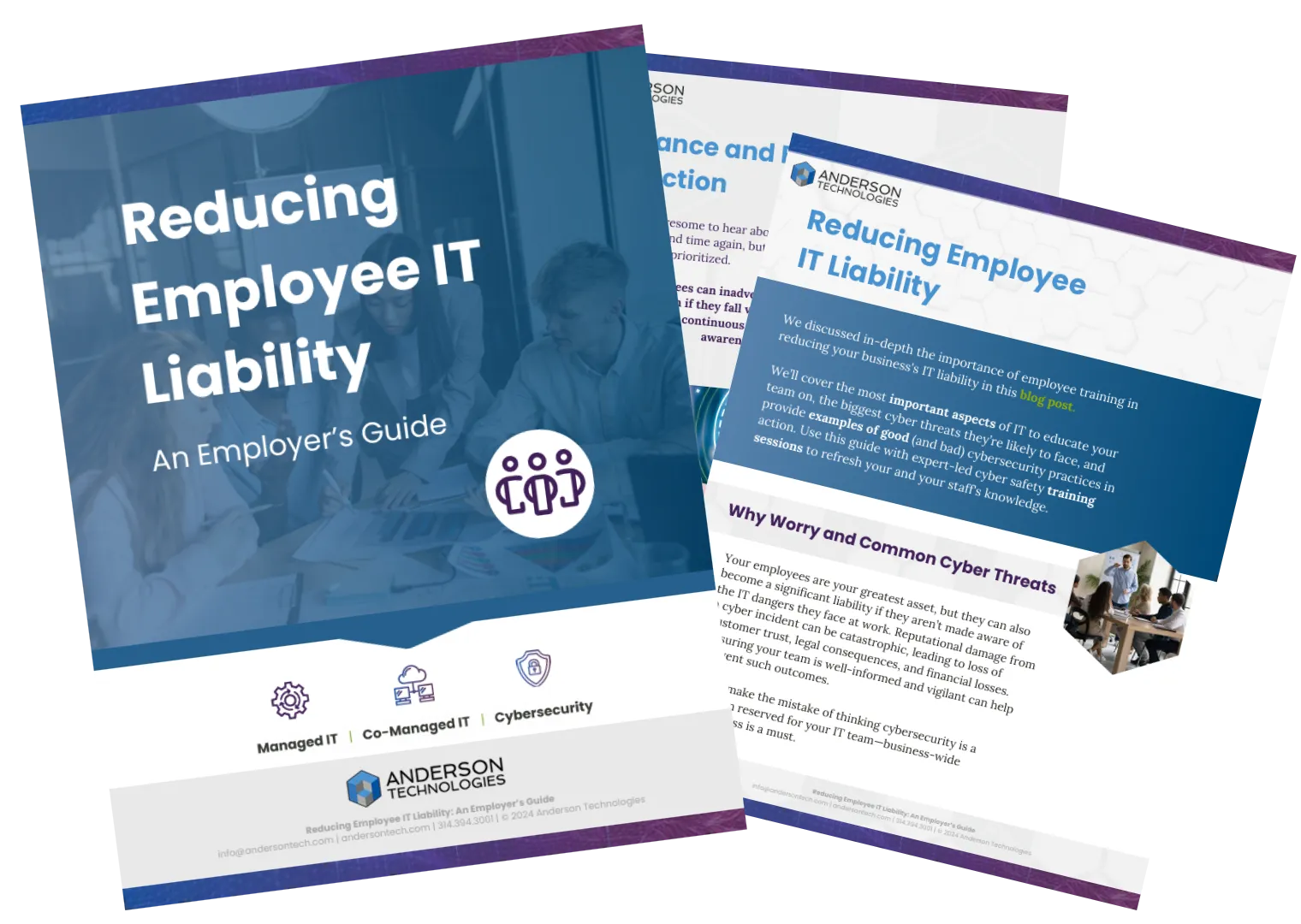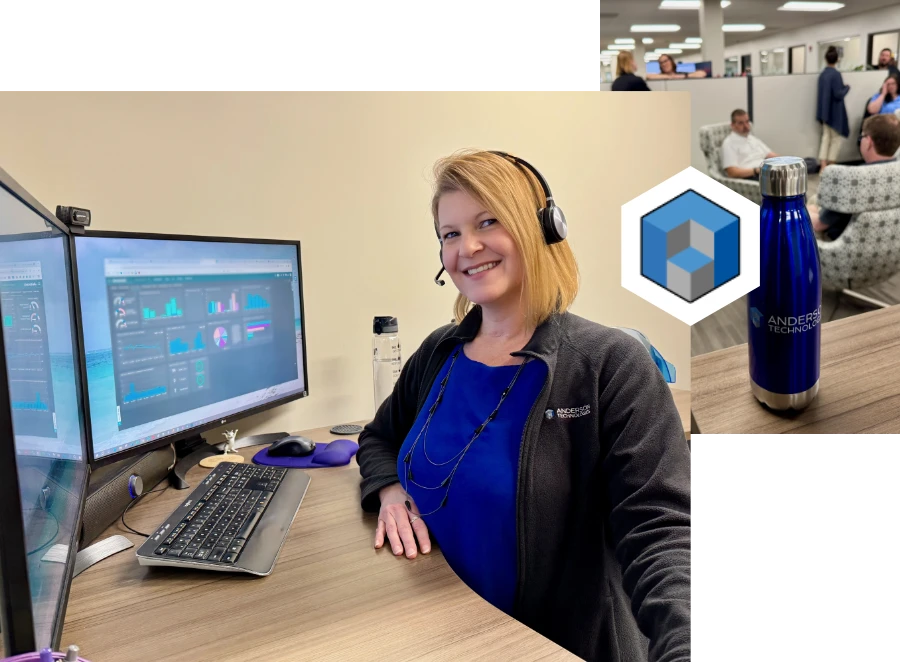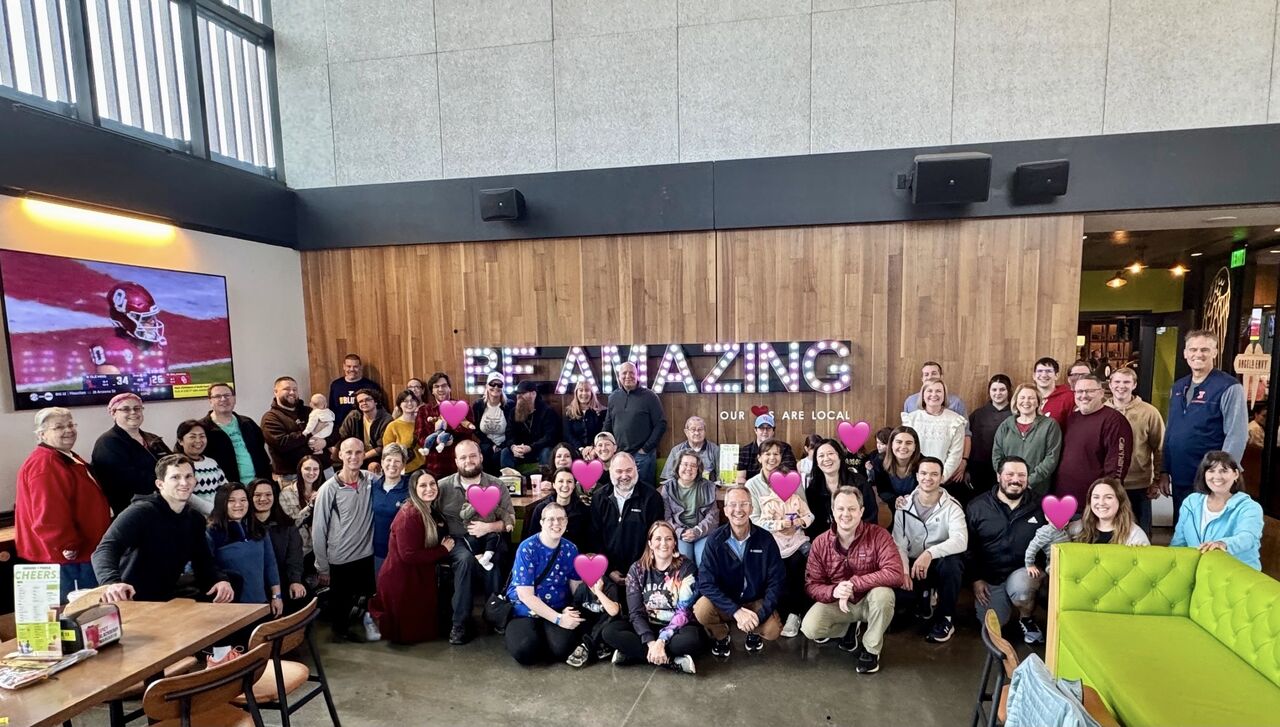Remove the Limitations from Your Business
Transforming and Supporting Growing Businesses as Your Technology Partner. Experience the Future of IT Solutions with Anderson Technologies.
Unique Business Challenges for
Your Unique Organization
Every company is different but IT solutions can be universal. Let us help you achieve more by solving your technology problems. What is your unique challenge?

Threat of a Cyberattack
We know our organization is vulnerable to a cyberattack, but we don’t know where to even start designing solutions and processes to protect us.
Achieving and Maintaining Compliance
We are in a regulated industry and our IT systems need to meet stringent standards that are hard to configure and maintain.
IT Systems Hinder Growth
We need IT systems that help us grow, not bog us down. We are struggling to design and implement systems that enable us to do that.
Lack of In-House Expertise
Technology is changing at such a rapid pace. We don’t have the in-house expertise or resources to design and implement the IT solutions we need.
Our Solutions
Innovative IT Solutions Designed toSolve Your Unique Challenges
IT InfrastructureConsulting
You’re only as strong as your weakest network. IT Infrastructure Consulting evaluates your system and identifies your specific vulnerabilities.
Managed ITServices
More than just a vendor, elevated managed IT services offer you a true technology partner who will work towards solutions customized for your business.
CybersecuritySolutions
Proactive cybersecurity plans address threats from multiple angles. Read about how our comprehensive approach can keep you safe.
Cloud Infrastructure andMigrations Solutions
Business works best when collaboration is effortless. Implementing a better solution doesn’t have to be a hassle; let it be your level up.
Data Backup andRecovery Solutions
Don’t become a headline! We can give you the tools you need to protect your business in the event of a cyberattack or other data breach.
vCIO Consulting Services
Our vCIO services help you optimize IT spending by identifying cost-effective solutions, eliminating redundant services, and planning IT budgets that maximize ROI.

Why Great IT Solutions Should Matterto Your Organization
Ransomware Events/Attacks
small and medium businesses fall prey to ransomware attacks every year. Source: Datto
Rise in Malware Attacks
increase in malware attacks on organizations since last year. Source: Help Net Security
Email Phishing
Email
Phishing
of cybersecurity events come from email phishing attempts. Source: CSO Online
Client Insights, Quotes,
and Recognition
The Value We Create For Our Clients Matters Most
There are a lot of people out there, but you can’t trust just anybody with your computer information. While your dentist keeps many of your secrets… well, your computer person does, too! We were so happy to find them. We knew we had a problem but we didn’t know how to go about finding someone to help us. Everything they do is so competent; they know what they are doing!”
– J.S., Principal, Architectural Firm
Equip Your Employees with the Knowledge They Need!
Protecting your business from employee-related IT risks is more critical than ever. Our Reducing Employee IT Liability guide offers practical advice on training your team to handle the biggest cyber threats, from phishing attacks to social engineering tactics.

News and Resources
Every company is different but IT solutions can be universal. Let us help you achieve more by solving your technology problems. What is your unique challenge?
A Free IT Assessment Can Help You Identify Risks
Your organization is too valuable to not have modern IT systems to keep it safe and make it scalable. A free Anderson Technologies IT Assessment will identify where you are the most vulnerable and recommend the areas to address first, affording you the most protection and peace of mind.




